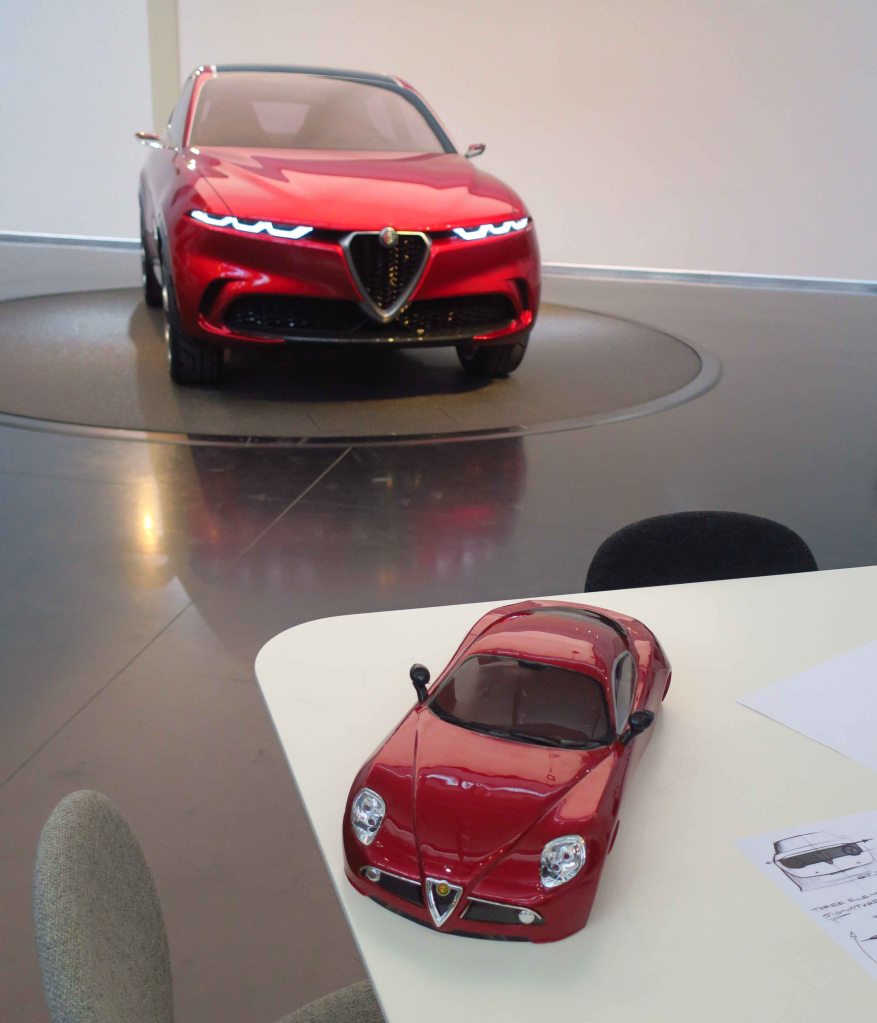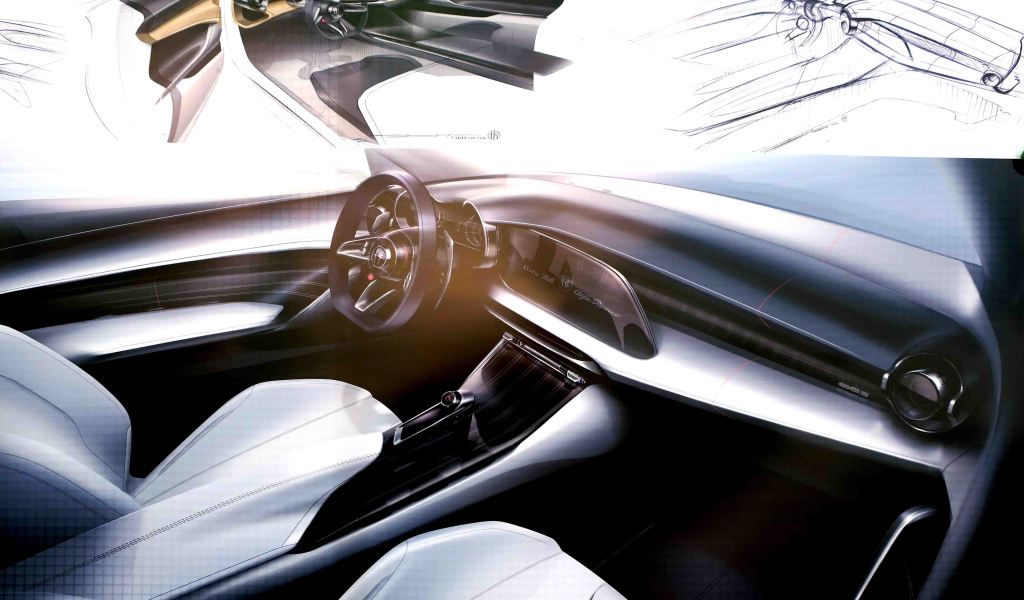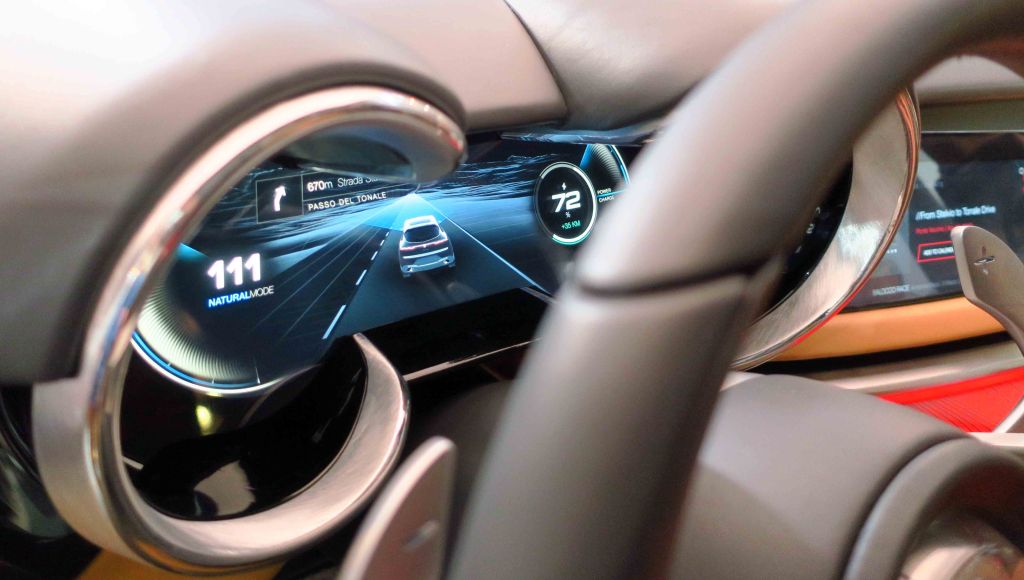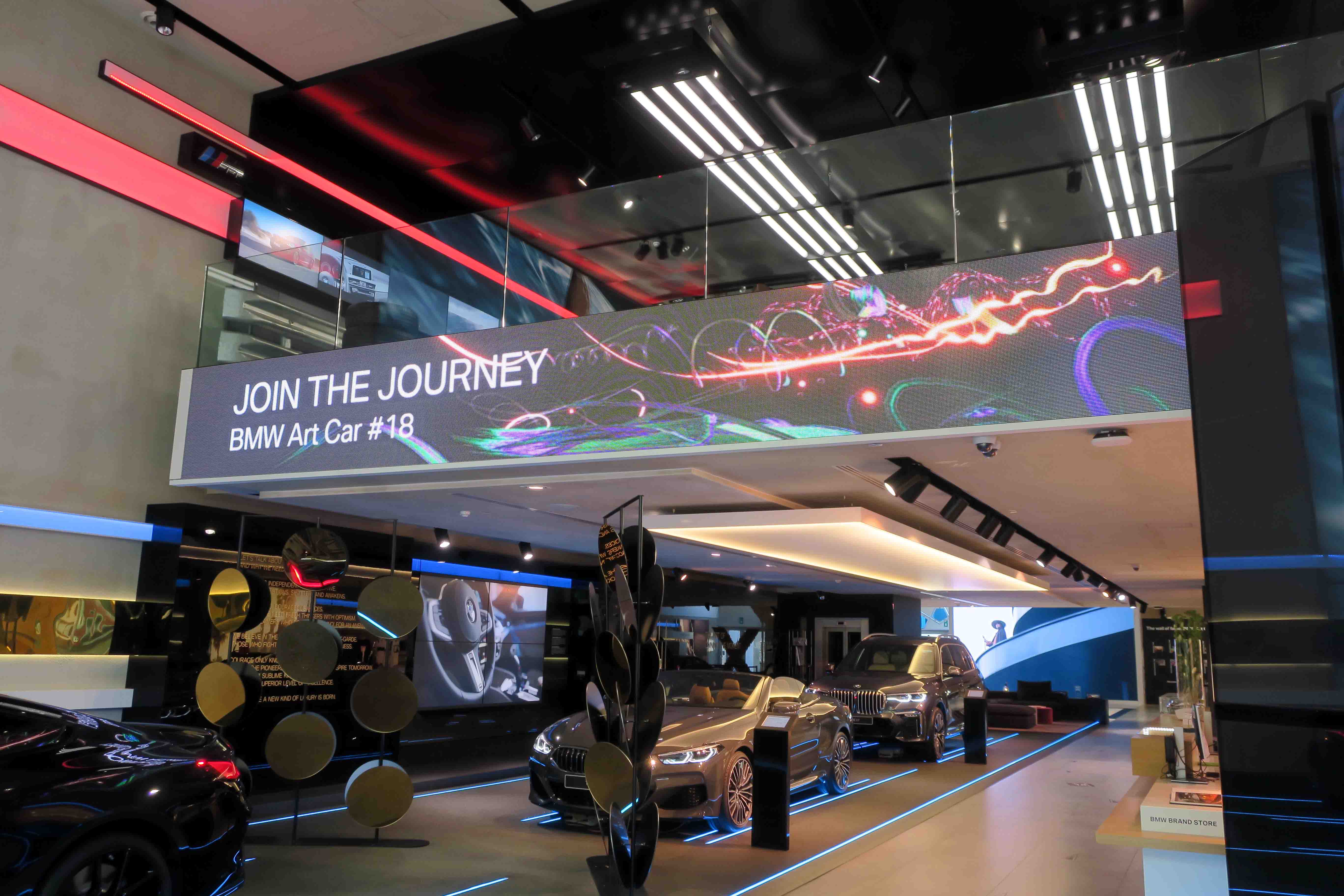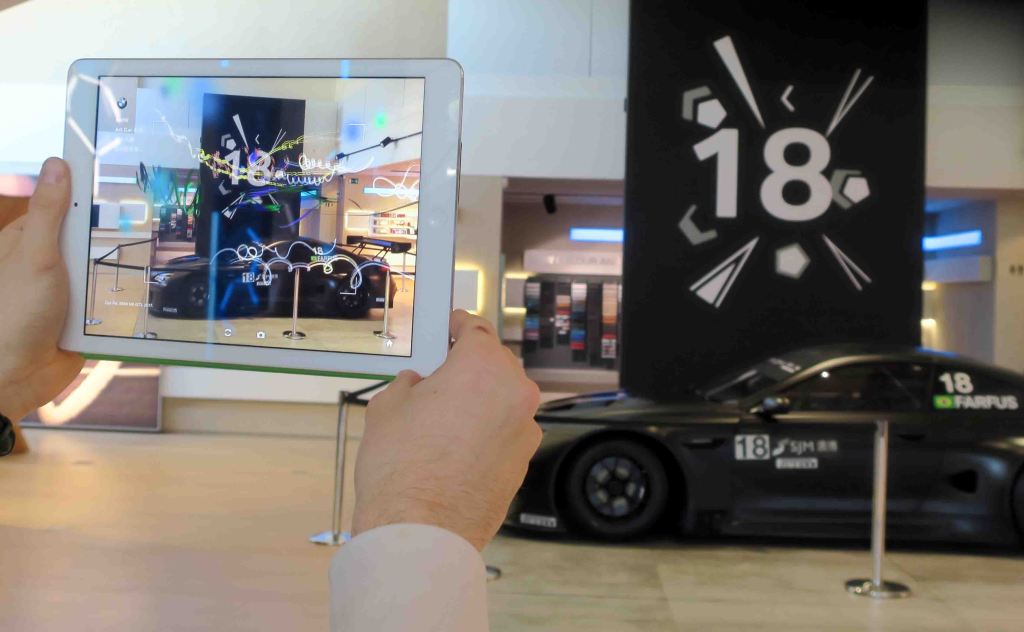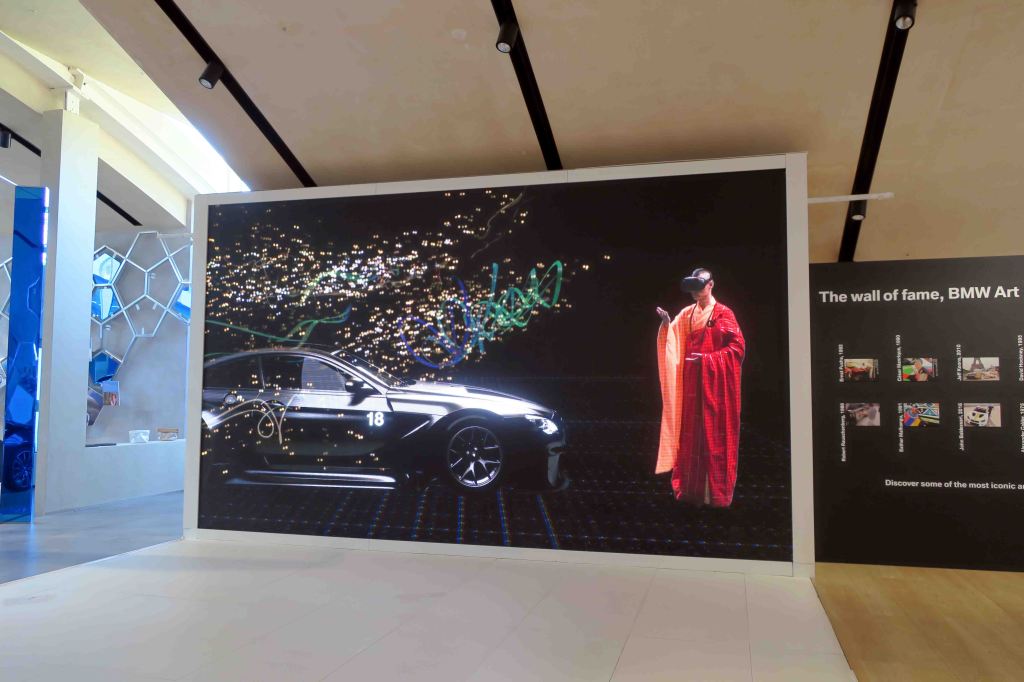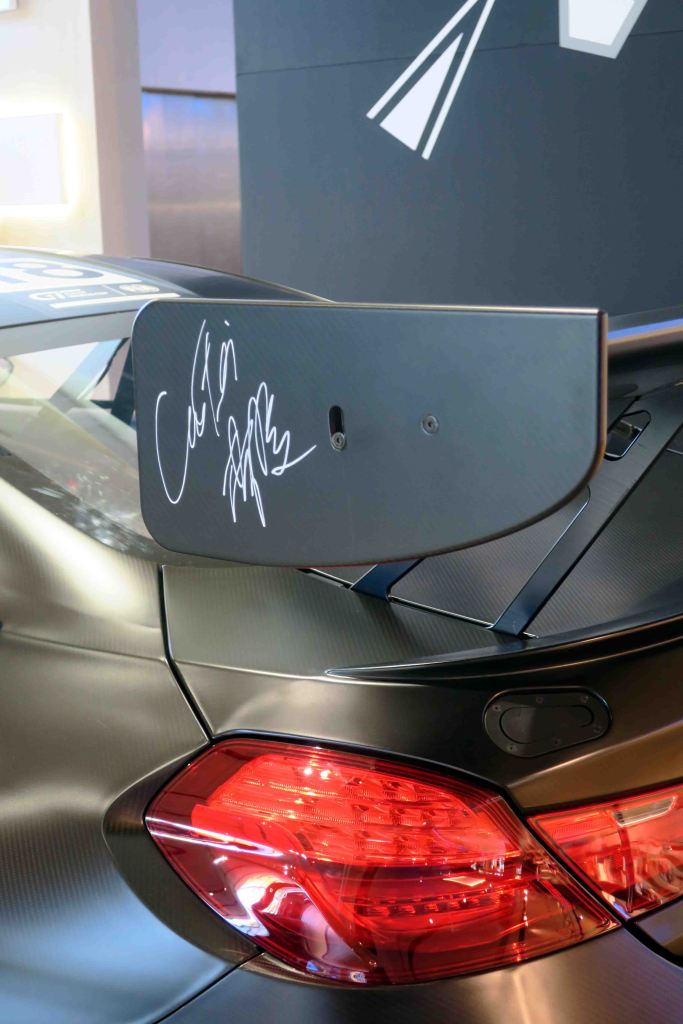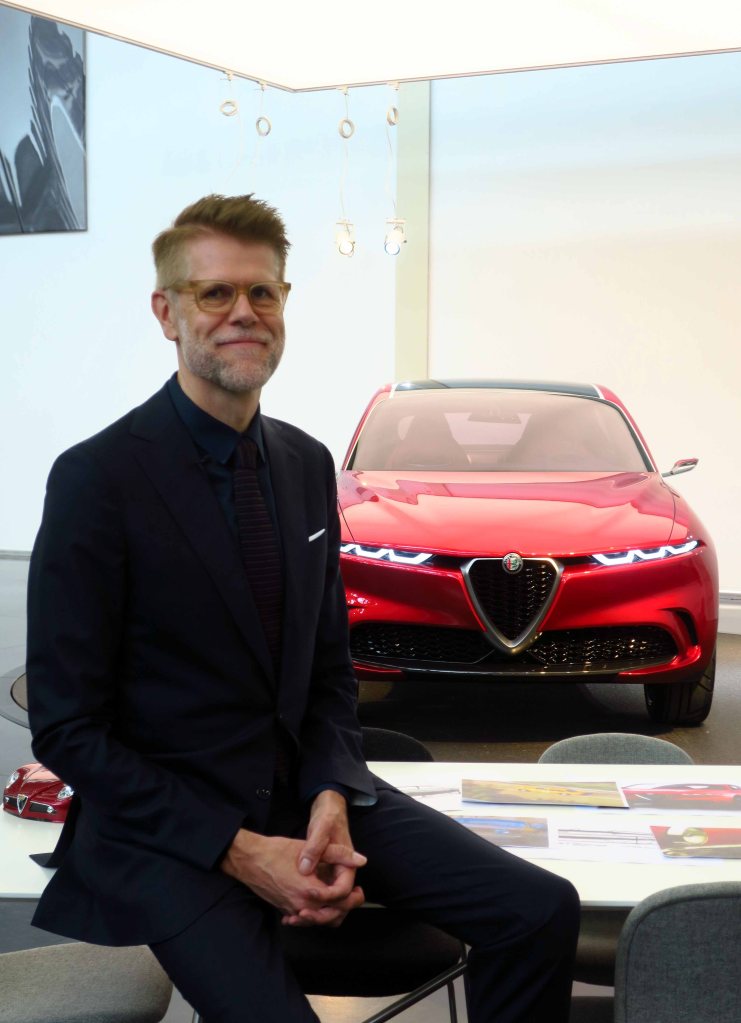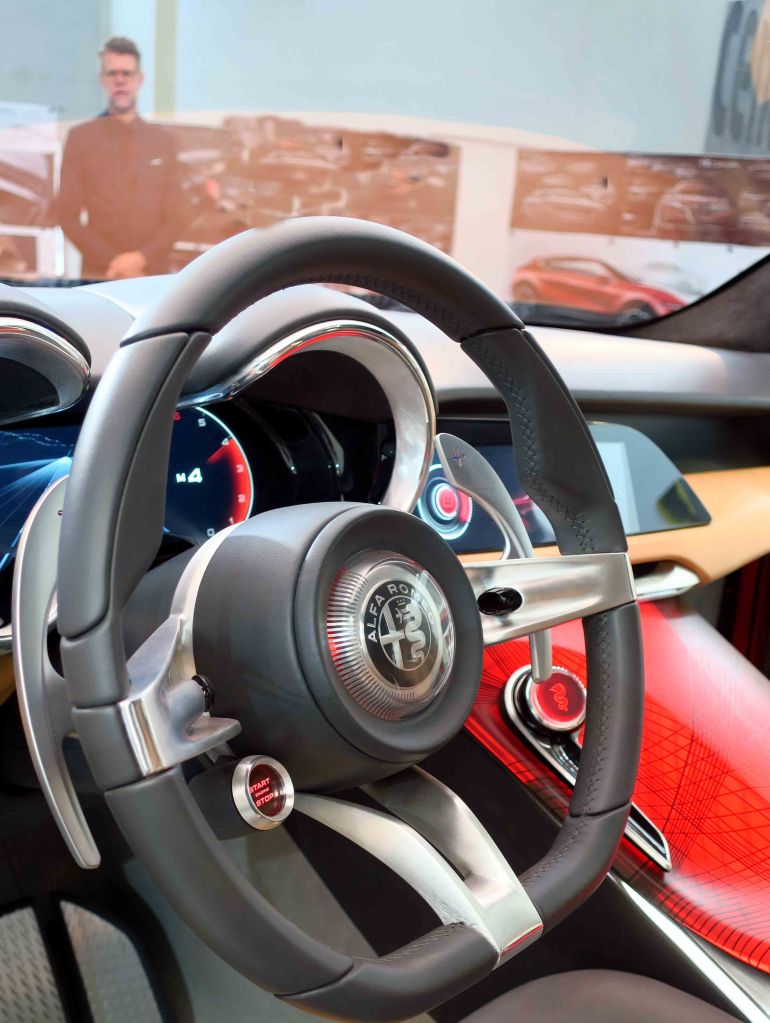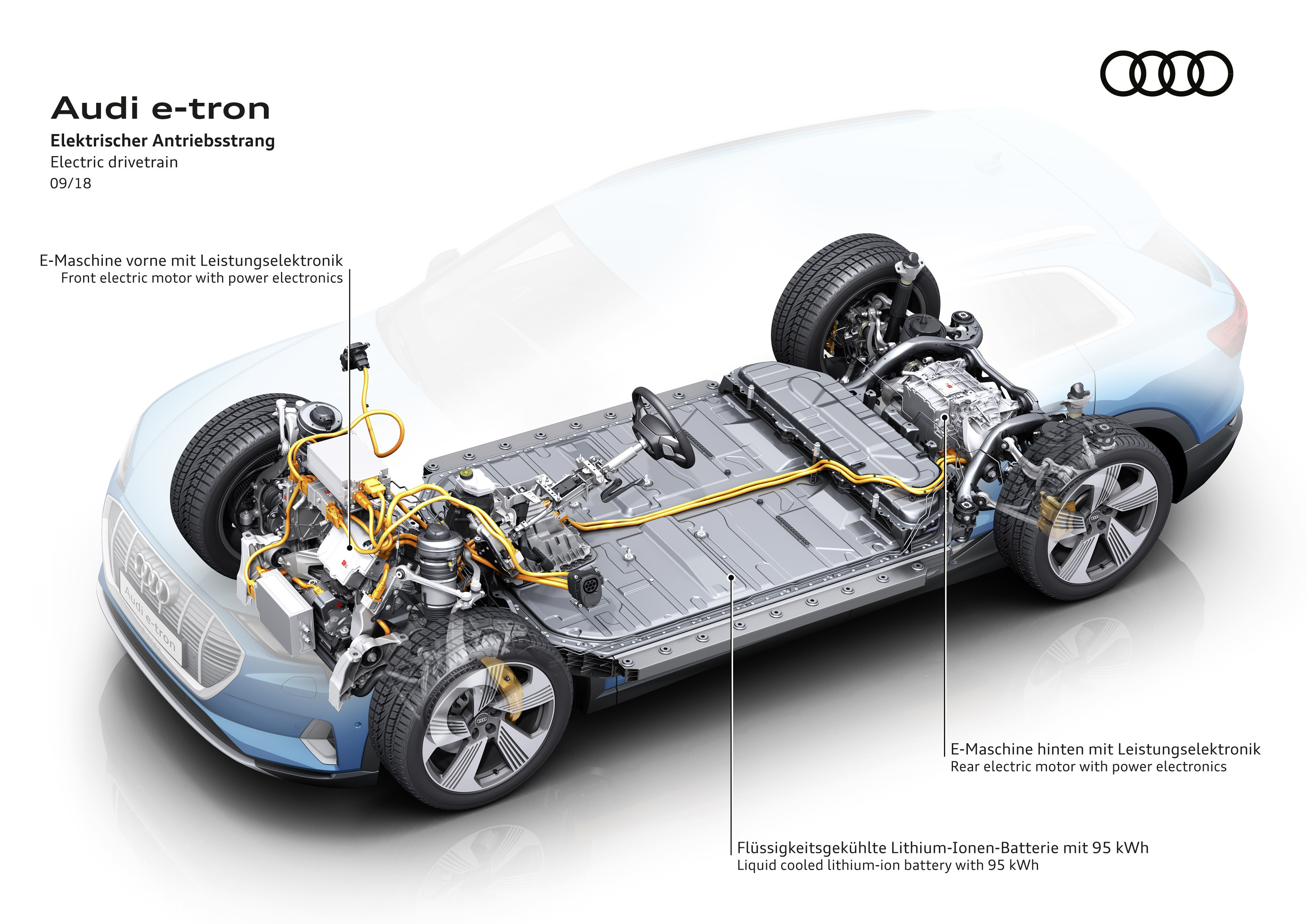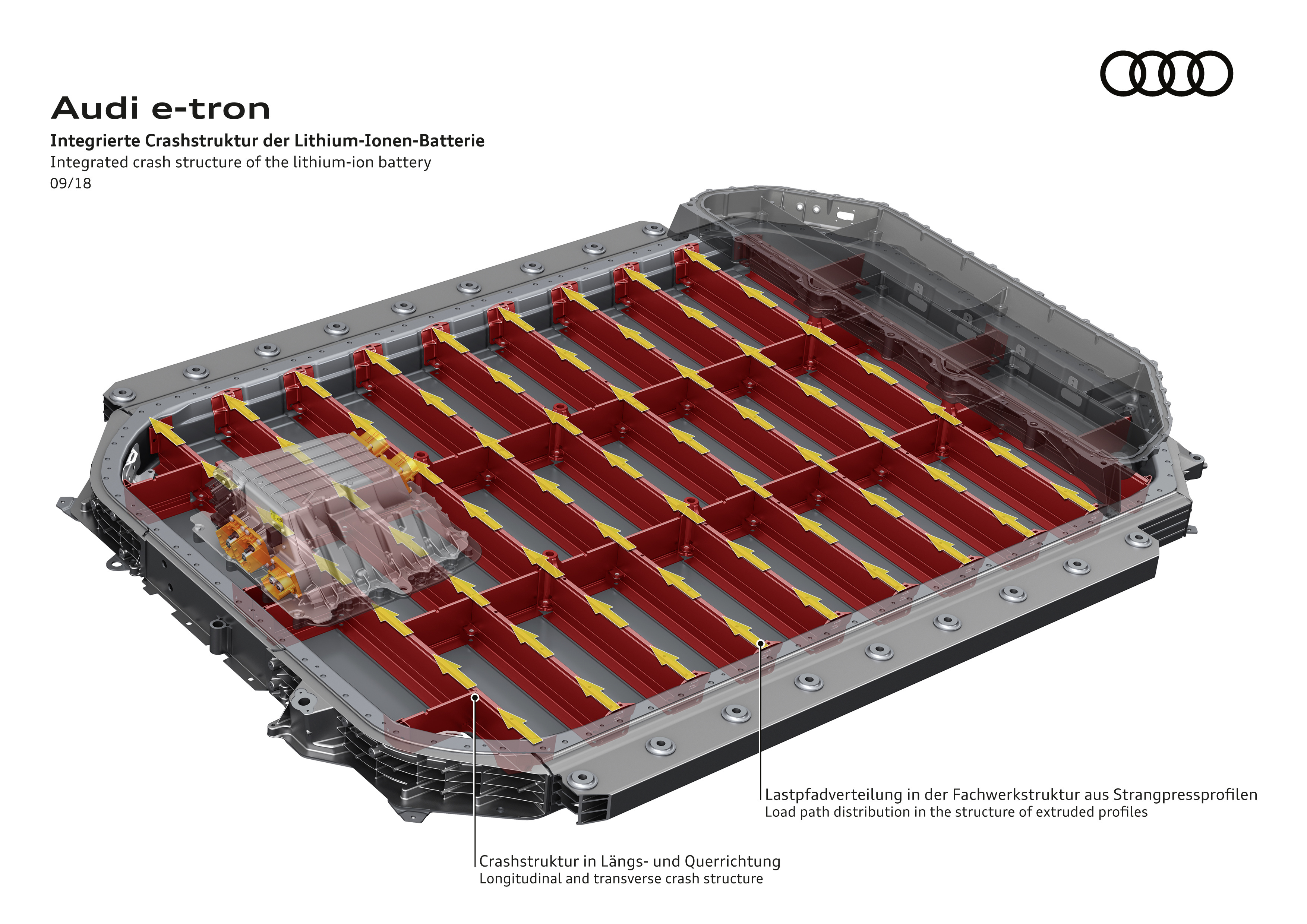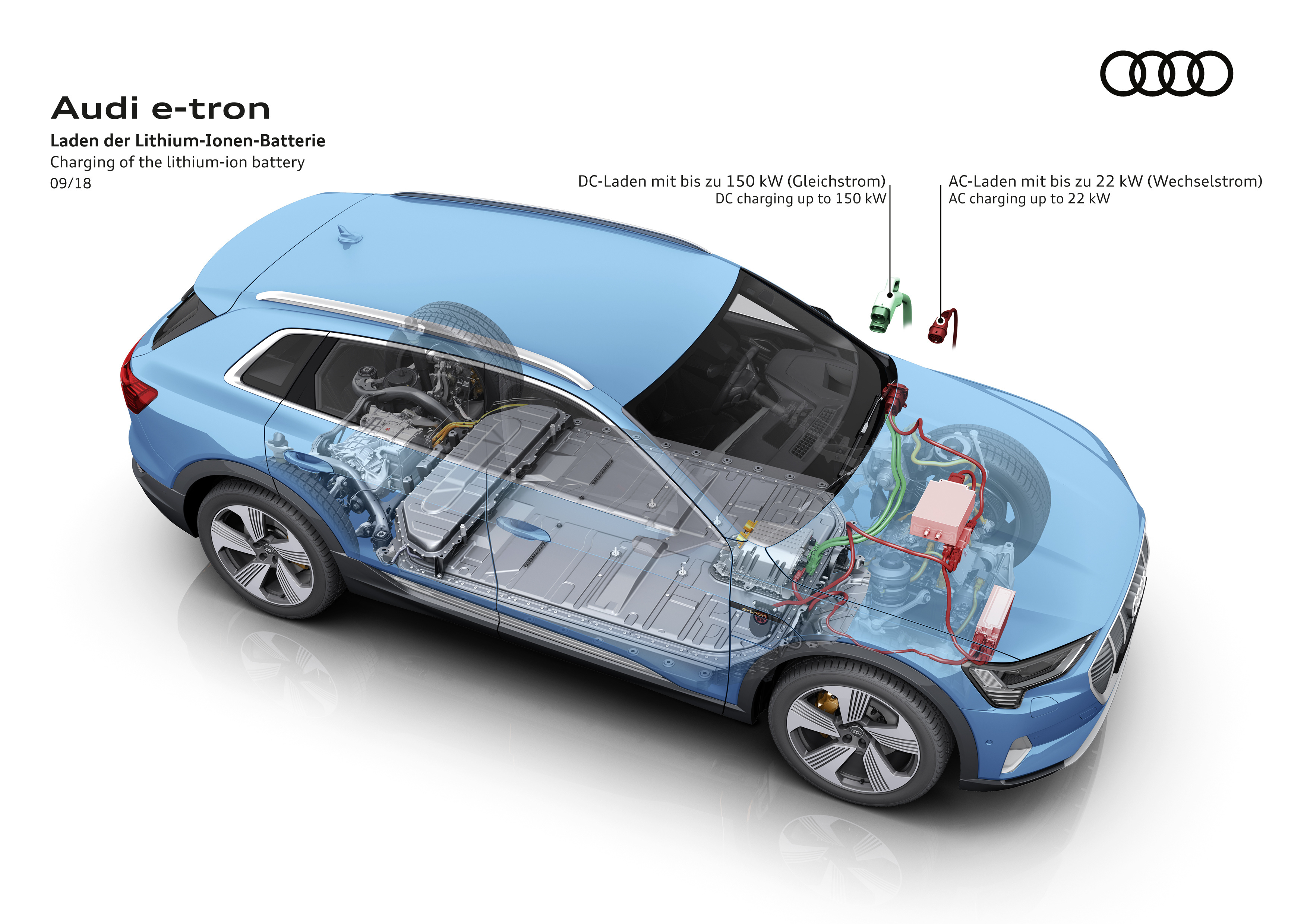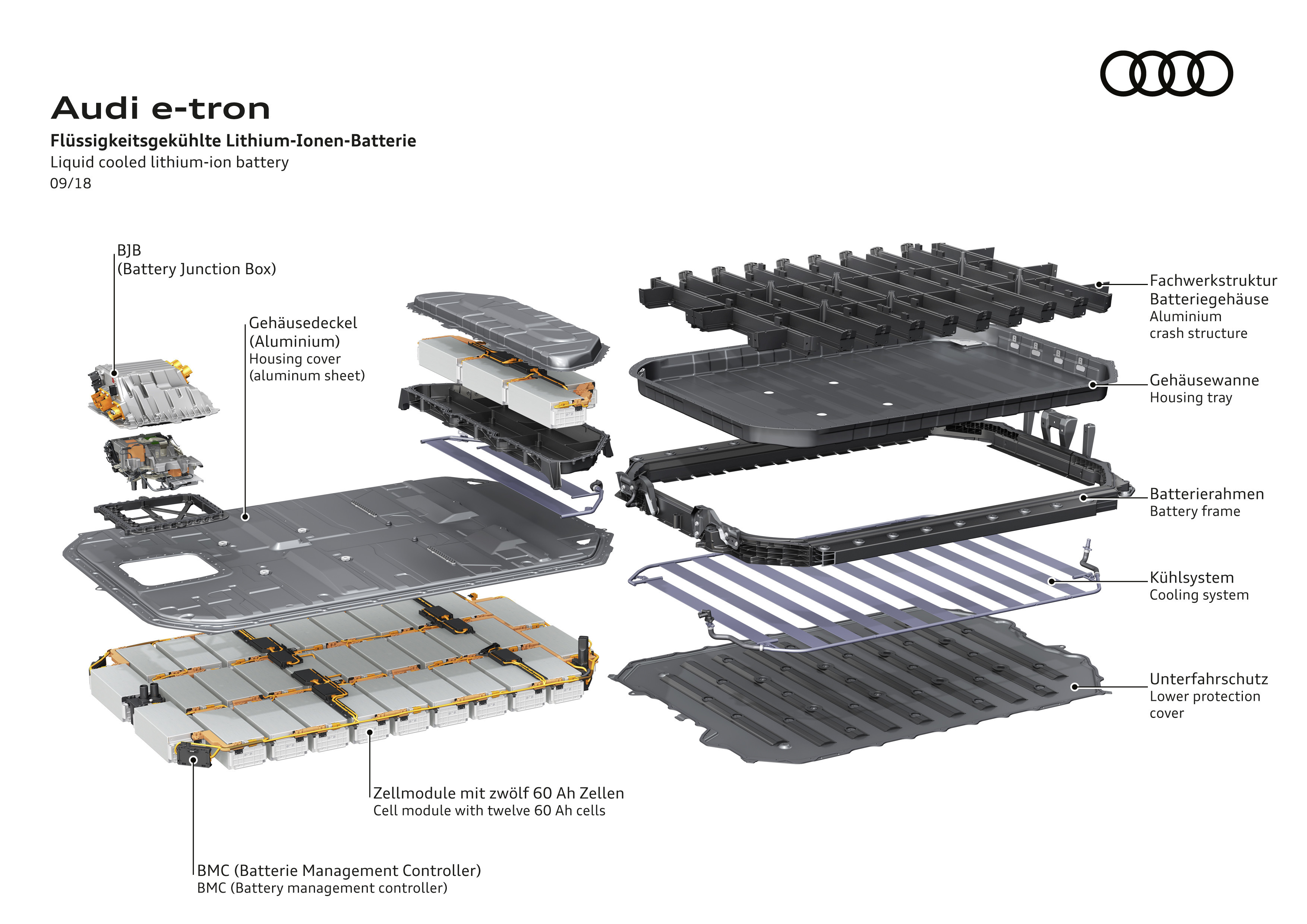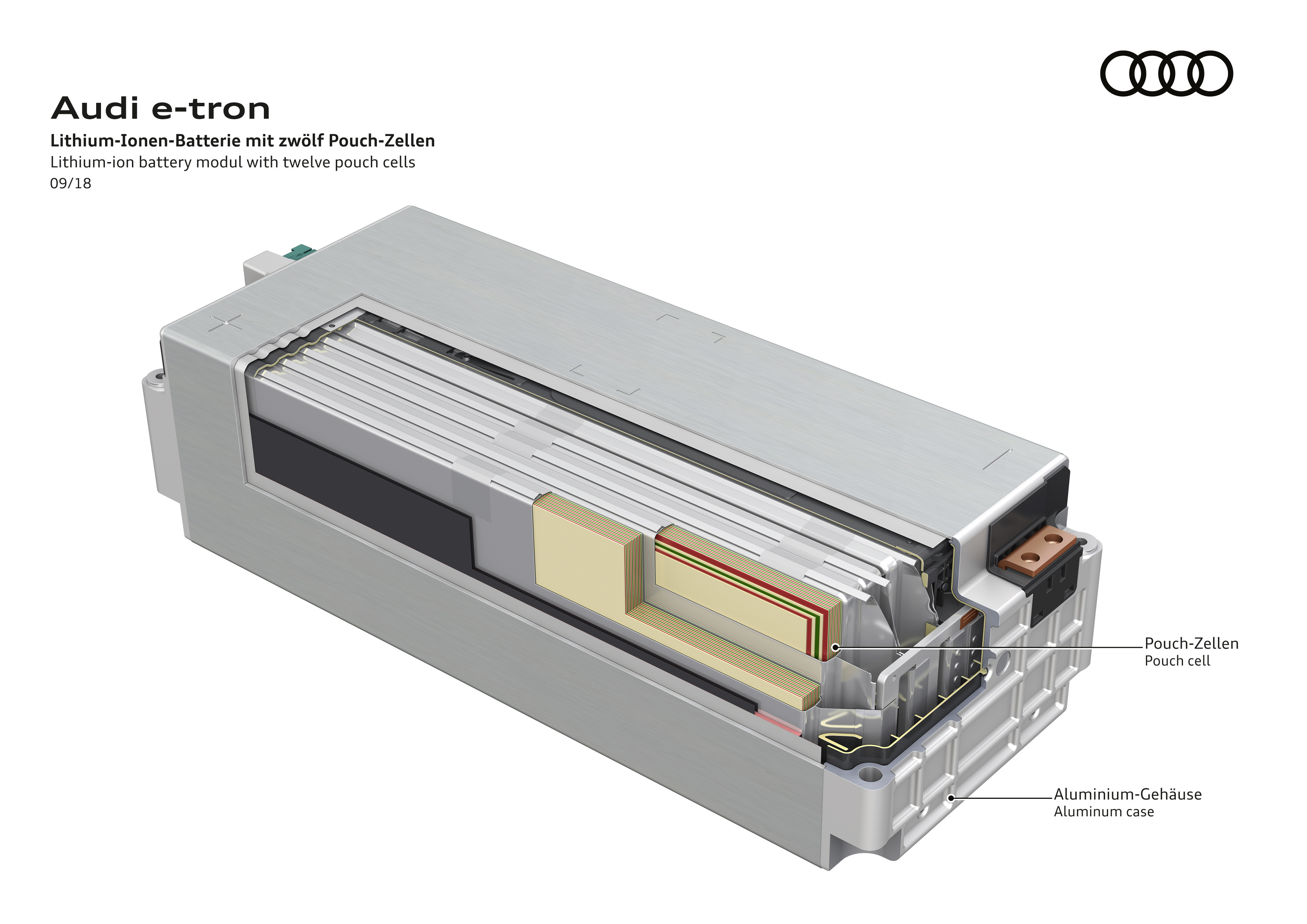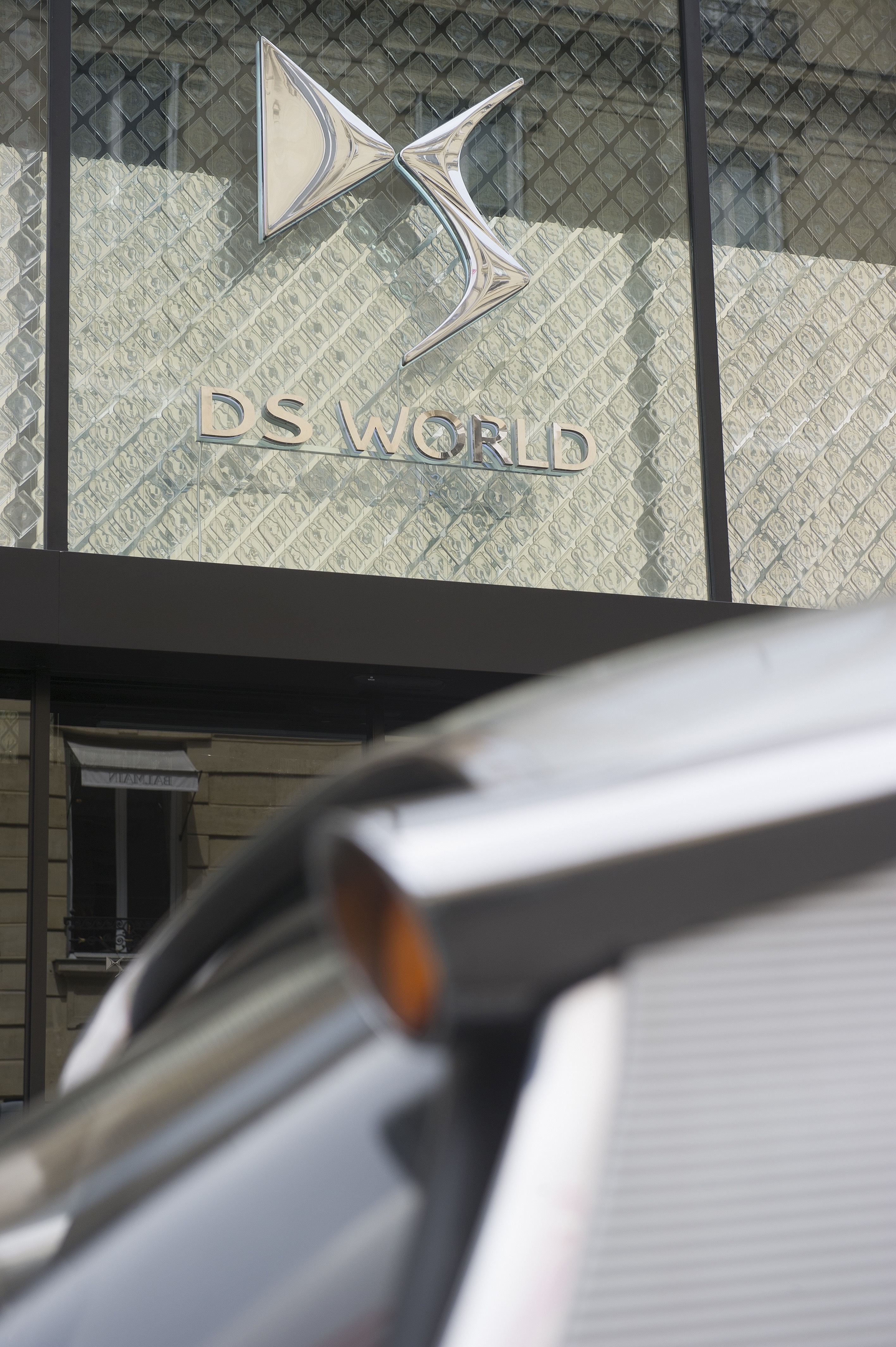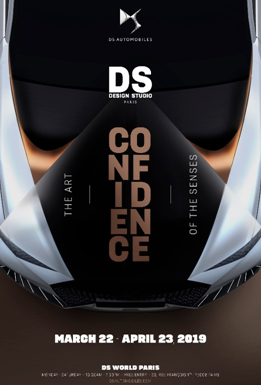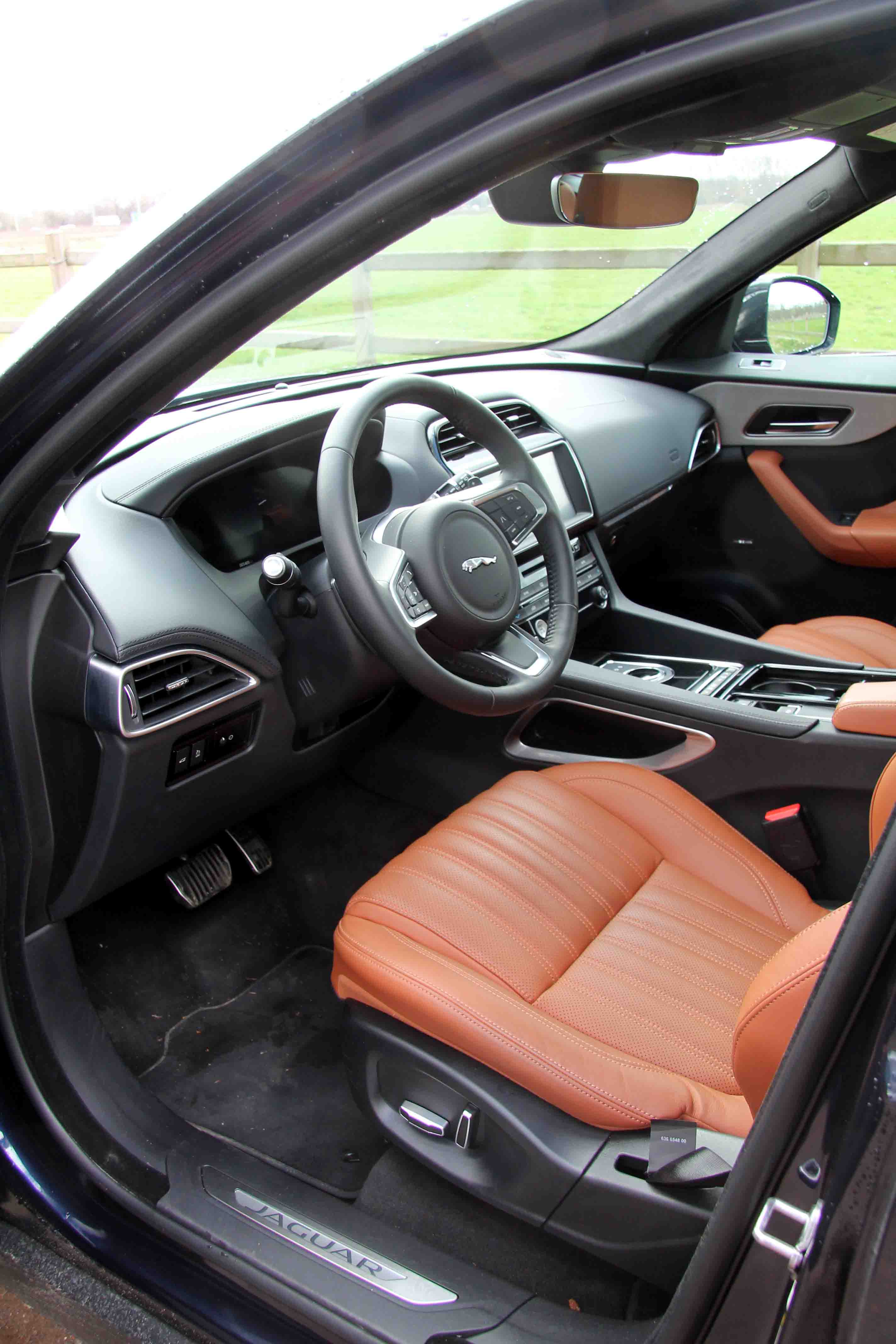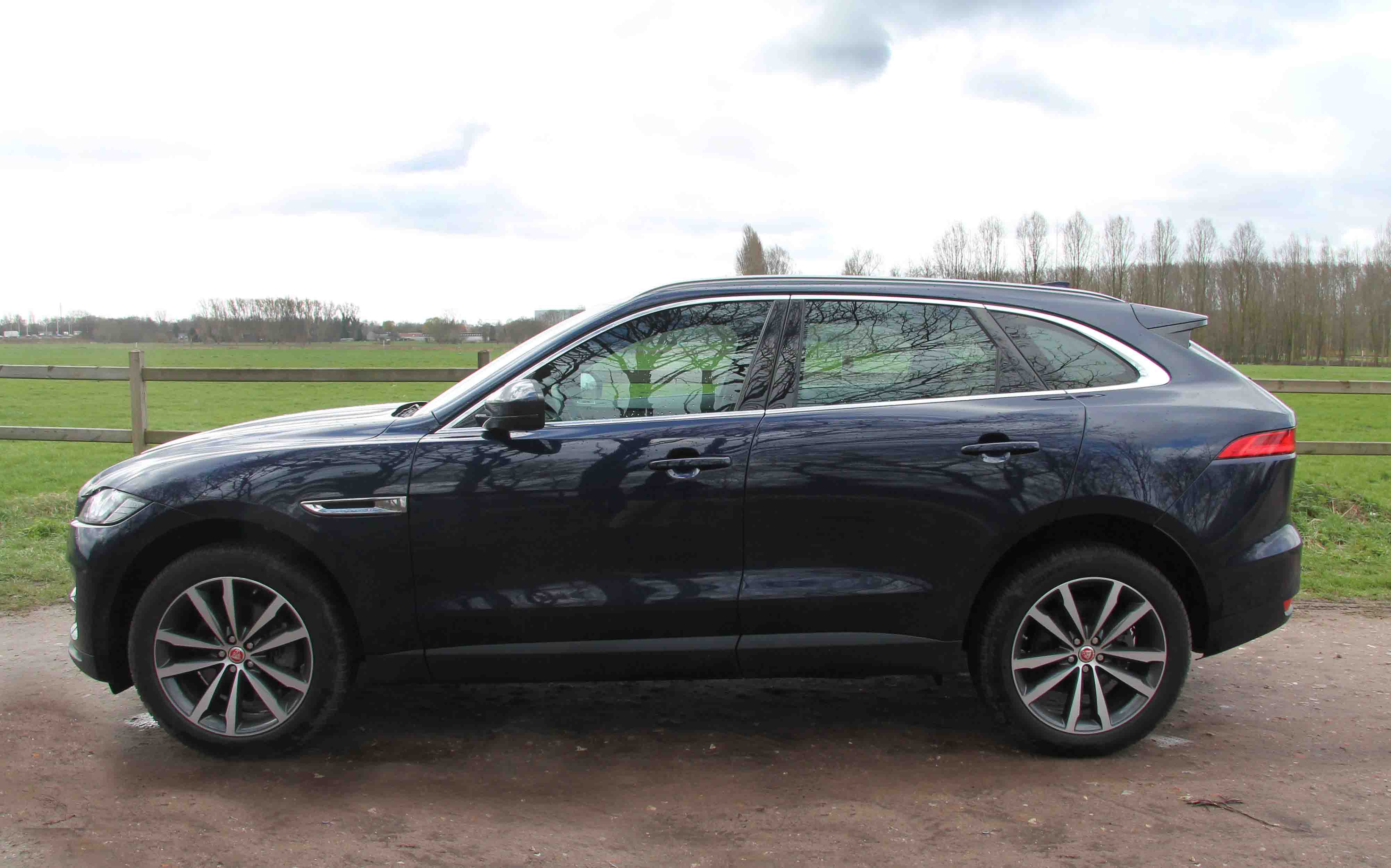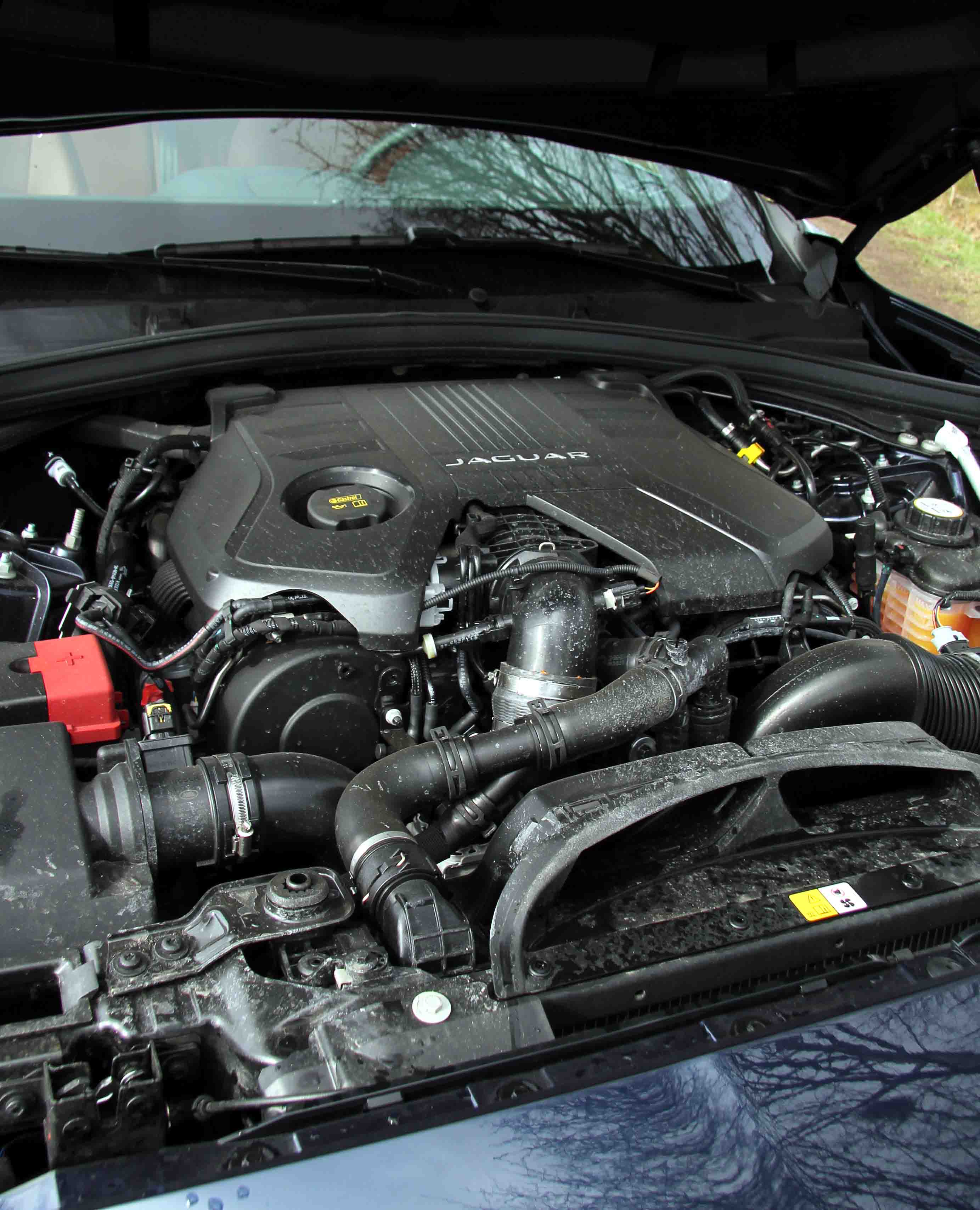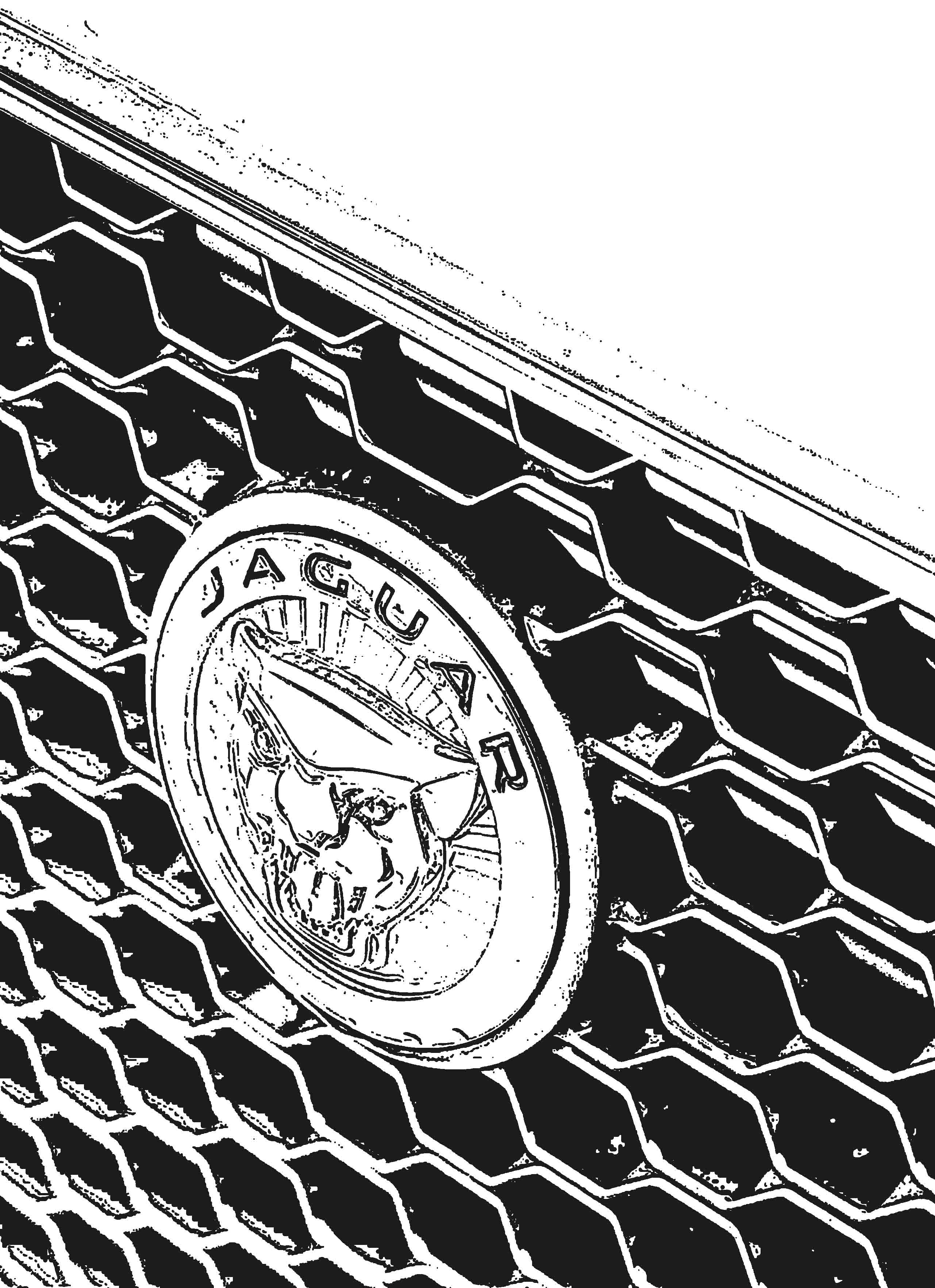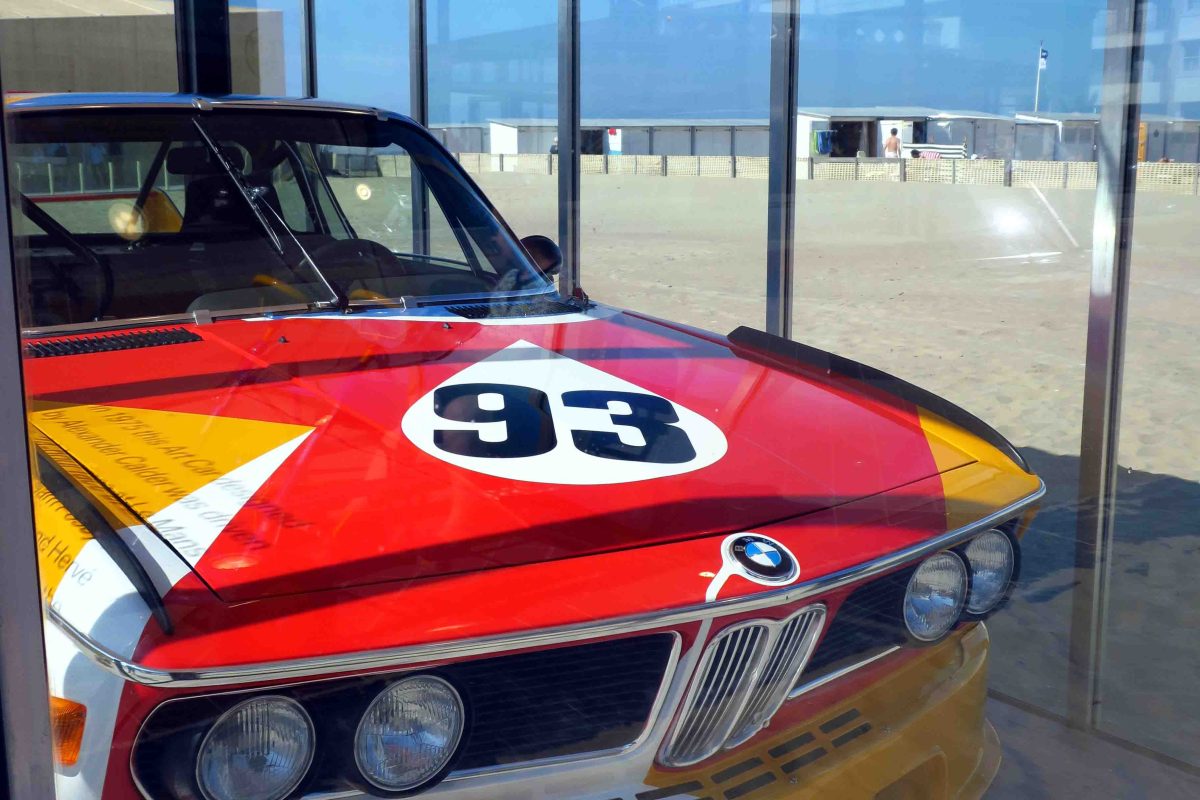
Kia recently showed a stunning electric coupé with novel proportions. This Futuron made its public debut at the 2019 China International Import Expo (CIIE) in Shanghai. Its low-profile SUV coupe body makes a strong statement of intent for Kia’s future cars, which will be – as the manufacturer puts it – confident, sporty and modern, yet also elegant. At 4,850 mm in length, 1,550 mm tall and with a 3,000 mm-long wheelbase, it has an elevated ground clearance is matched with a low, lean body to create a dynamic, confident posture.
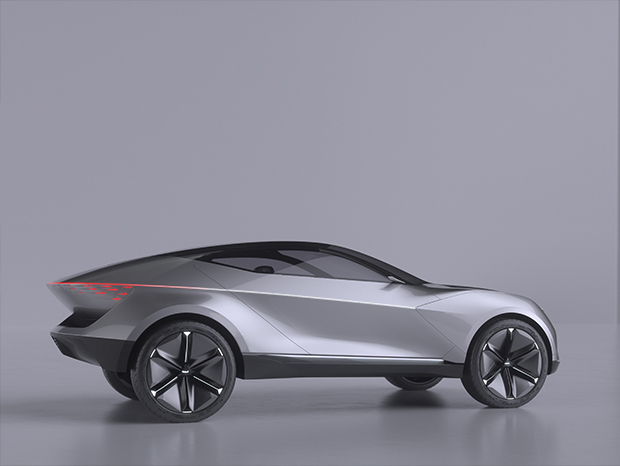
It is indeed a sports car… on an SUV platform. Clever. Because this makes – like for instance in the Audi e-tron – room for the batteries to be lodged beneath the cabin floor. The advantage is also that the elevated stance of the car is therefore matched with a low center of gravity.
And that slightly more elevated stance is just what you want in an urban car, even if it has the sleek shape of a coupé.
Just read further…
Hans Knol ten Bensel
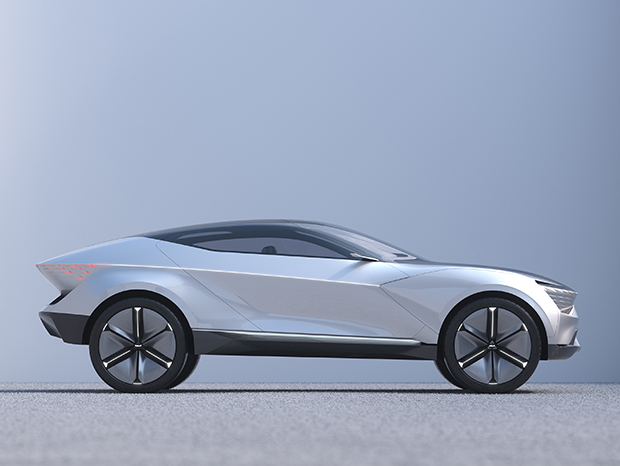
This “E”-Coupé is powered by four powerful in-wheel electric motors. This e-AWD system delivers as you can expect lively responses to driver inputs.
But the important hallmark here is its fluid, intriguing design. The front fender flows backwards from the front of the hood before plunging into the cabin itself, establishing a connection between the driving seat and the road ahead. The concept’s roof is a diamond-shaped panoramic glasshouse which sits atop the 360-degree core, in the best traditions of UFO and flying saucer design. It floods the cabin with natural light, and it also extends down the bonnet to give drivers an unparalleled view ahead. The glasshouse also incorporates a network of LiDAR (light detection and ranging) sensors capable of providing Level 4 autonomous driving features, enabling hands-off and eyes-off driving in most conditions.
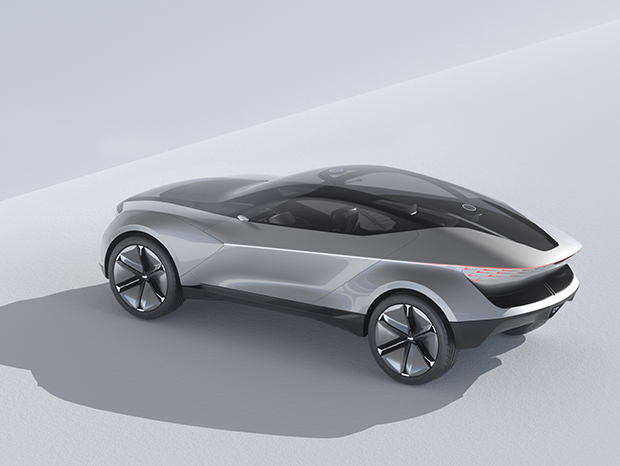
Furthermore, the 360-degree theme is evident in the lighting that illuminates a sharp character line encircling the Futuron’s body.
A new “tiger” face…
The newly-designed front of the car, like that of the Imagine by Kia Concept first revealed earlier in 2019, expresses a new design interpretation for Kia’s future electric vehicles.
With a wider ‘tiger face’ shape, the grille incorporates the Futuron’s headlamps, an innovative ‘Star Cloud’ design which gives the car a dazzling new night-time identity.
Flexible cabin space…
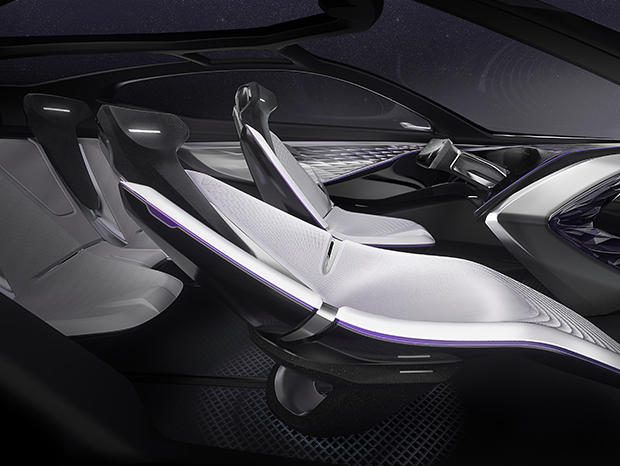
The layout of the electric powertrain and incorporation of Level 4 autonomous driving systems has enabled the creation of a spacious and flexible cabin unlike any other vehicle on roads. The two front seats are created out of flexible materials and can offer an upright ‘driving’ position, or a reclined ‘rest’ position, similar to the flexibility afforded to first-class airline passengers. With the activation of the Futuron’s autonomous driving features, the two front seats recline as the steering wheel retracts. The ‘zero-gravity’ seating position this creates helps to reduce fatigue on long journeys.
One of the most prominent features of the cabin is the ‘cockpit’ area surrounding the driver. The graphical user interface (GUI) of the cockpit flows out of the driver-side door and wraps around the steering wheel in a seamless arc. This merges the instrument cluster directly with the audio-visual display at the center of the dashboard and is linked to the display integrated within the surface of the steering wheel itself.
The GUI is operated by artificial intelligence technologies, displaying useful information about the car various autonomous driving, powertrain and navigation features, which creates a unique user experience.
This is, according to Kia, what driving into the (urban) future is all about. Just look at the photos here…
Hans Knol ten Bensel



